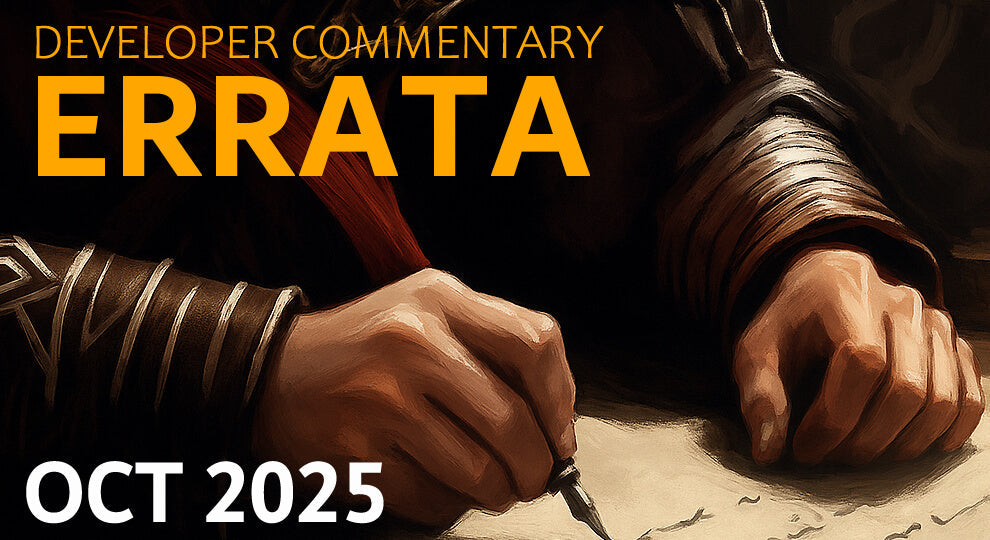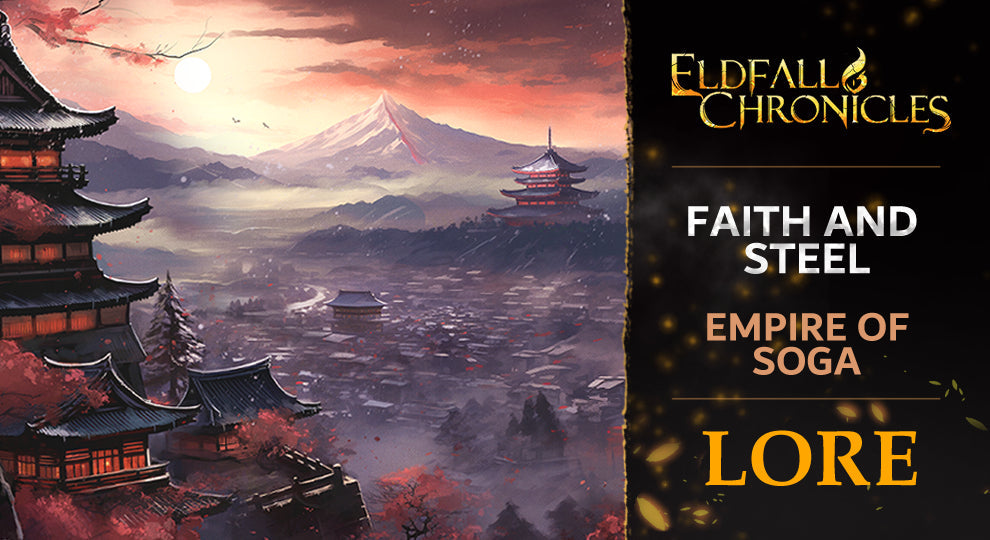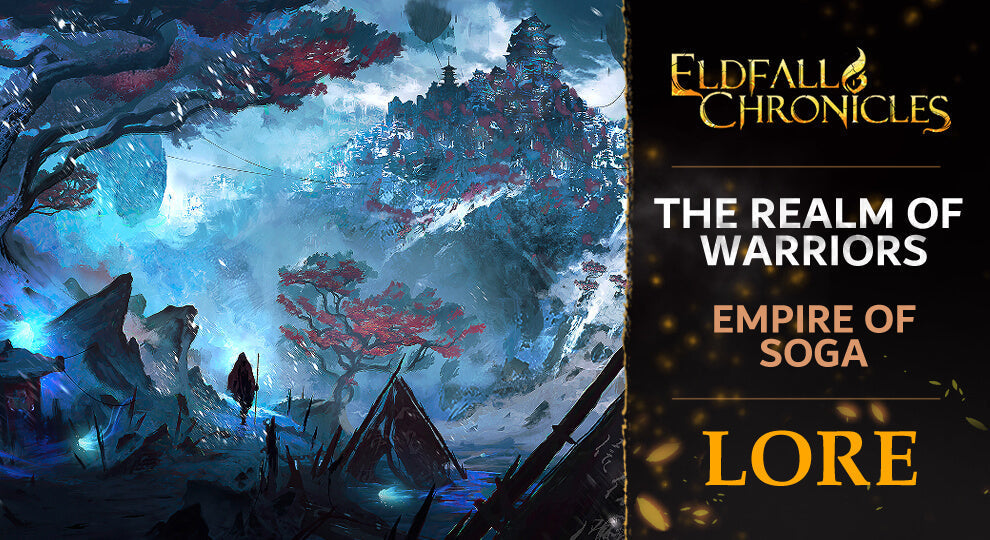The Sand Kingdoms Part II: The Arcane Nexus
Education
Each city within the Sand Kingdoms maintains its own schools, where children are taught basic literacy, mathematics, and the foundational arts. These schools are open to all, but only provide primary instruction.
Across the realm, scouts of the Grand Academy are dispatched to identify those with an innate gift for magic. Once identified, these individuals are entrusted to the care of noble magi families. These patron houses initiate the gifted in the basics of spellcraft, guiding them through the early stages of their arcane journey. Each family upholds its own traditions, disciplines, and magical philosophies, shaping the young apprentice’s path according to their ancient lineage.
Upon reaching adulthood, apprentices are expected to journey to Men’Nefer and formally present themselves to the Grand Academy. There, they undergo a rigorous arcane education under the Academy’s demanding curriculum. Students are trained and tested in various schools of magic, ranging from sorcery, restoration, alchemy, and conjuration to more specialized disciplines. They are also subject to physical and mental conditioning, as arcane mastery demands discipline of both body and mind. Neophytes are subject to intensive study and demanding trials, all in pursuit of the Elder Wisdom—mastery over the arcane laws uncovered from the ruins of the past.
Upon receiving their Anointment, the sacred rite of passage, an apprentice is recognized as a full magus. With it comes the Warrant of Praxis, a formal license marking them as a sanctioned practitioner of arcana. This warrant is legally required to cast magic in public, join the Academy's ranks, or hold public office within the Kingdoms.
Alongside their warrant, magi are granted noble status, and the right to pursue governmental or administrative appointments. Many return to their native nomes to strengthen their former patron houses. Others seek placements across the Kingdoms, rising through the ranks of city councils, courts, or academies. The most ambitious may even found noble lines of their own, weaving their name into the ever-shifting politics of the realm.
However, before attaining full autonomy, newly anointed magi must complete a mandatory period of service, unless they can repay their stipend in full. This service typically includes mentoring a younger apprentice and contributing to Academy-led initiatives.
The most talented arcanists may strive for true mastery in their chosen discipline. In doing so, they may attain the prestigious title—and privileges—of Vizier, the highest station below the Academy’s High Seat. Viziers not only lead councils in their respective cities, but are often appointed as viceroys and serve as representatives of the Academy’s will across Calad.
The Grand Academy
Headquartered in the capital of Men’Nefer, the Grand Academy is more than a center of learning—it is the true political and arcane heart of the Sand Kingdoms. Built around the base of the Great Library, it stands as a marvel of magical architecture, with levitating towers, gravity-defying bridges, and vast crystalline halls—some large enough to house entire combat arenas.
It is here that the Scholar’s Seal is formed and upheld. From within its walls, the Academy does the following:
- Governs and mediates between city-states, nobles, and foreign powers.
- Dictates arcane policy, educational standards, and magical ethics.
- Sanctions exploration, research into ruins, and magical excavation.
- Issues Anointments, granting both noble status and political legitimacy to those deemed worthy.
- Commissions expeditions to seek out lost relics, uncover forgotten lore, manage rifts, and explore the remnants of Calad's forgotten civilizations.
The Grand Academy also maintains a fiercely competitive relationship with the Adventurers’ Guild. Their dynamic is one of mutual dependency and rivalry: the Guild provides essential manpower, survival expertise, and field logistics, while the Academy offers unmatched arcane knowledge and magical support. The two work together in the exploration, containment, and collapse of unstable rifts. Yet despite collaboration, tensions often flare over ownership of ancient ruins, rights to recovered relics, and jurisdiction over rift zones.
The Great Library
Rising at the center of Men’Nefer, the Great Library is the most sacred and enigmatic landmark in the Sand Kingdoms. It is an ancient, monolithic tower of impossible scale, said to predate the mortal age itself. Taller and wider than any fortress built by kings, its stone radiates subtle arcane presence.
The Library is curated not by mortals, but by the mysterious Librarian—a colossal, unknowable being who does not speak in the common tongue. Though silent, it occasionally imparts cryptic knowledge to the blessed few who earn its favor. Beneath its vast presence walks its steward, an Elder Sphinx. A creature of immense intellect and memory, it mingles with scholars and visitors alike, always eager to listen, ask questions, and record the happenings of the world.
Beneath their gaze, the Great Library houses the largest collection of arcane, historical, and prehistorical knowledge in Calad. Entire floors are devoted to subjects now extinct. Other wings are sealed off, containing knowledge that even the Viziers fear to unlock.
The interior of the Library defies space, seeming to expand endlessly. Each of its dozens of floors holds more knowledge than any royal court could hope to gather in a lifetime.
Culture
The foundations of the Sand Kingdoms were laid atop the bones of forgotten empires. The first settlers were enigmatic human nomads, distinct in appearance from the northern imperials. As they ventured into the Great Desert, they encountered the ruins of ancient cities, half-buried in dust, and the scattered peoples who still lingered—chimeras, Rin, and other forgotten kin.
Upon uncovering the laws of the arcane through relics and inscriptions, these early enclaves blossomed. From humble beginnings, they grew into the greatest cities in Calad. However, these early kingdoms were not led by wisdom, but by violence. Oppression, arena combat, and endless wars between tyrant-kings marred the early years of the Sand Kingdoms. Power was hoarded by the few, and the many suffered.
It was the rise of the Arcane Houses and the Grand Academy that brought unity and order. With the mages' wisdom, the Kingdoms cast off the rule of warlords and ushered in an age of relative peace, cultural flourishing, and golden prosperity.
Today, the Sand Kingdoms are a melting pot—a convergence of faiths, ideologies, races, and traditions. Each city-state is governed by its own customs, as long as they remain in alignment with Academy doctrine and, to a lesser degree, the local noble councils.

Regional Distinctions
-
Sharan Cities
These are the oldest settlements along the bank of the Shara River. Their architecture is more monolithic and traditional. While they uphold the Academy’s laws, they preserve worship of the Old Gods—a faith shared with many chimeras inhabiting nearby oases. These cities retain ancient rites and celebrations, and their populations are among the most diverse in terms of species and belief. -
Ashan Cities
Situated along the Asha River, these cities are younger, more refined in their design, and aligned strictly with the Academy’s teachings. They reject rituals that conflict with arcane doctrine. Public worship of gods is discouraged. Instead, the Academy promotes reverence for the arcane itself, encouraging a more philosophical and elemental spirituality. Due to past wars—particularly the War of Asha, which attempted conquest of the Valley of Life—relations with chimera tribes are strained. Chimera and non-human populations here are relatively scarce. -
Silver Bay Cities
Among the wealthiest in the world, these coastal cities enjoy rich trade with the Empire and the League colonies. Their architecture blends diverse styles, and their marketplaces bustle with goods from all over Calad. Politically, they are the most independent—often challenging the Academy’s will in foreign policy. While Rin are common across most of the Kingdoms, tensions in the Silver Bay run high, especially toward Helrin, due to the League’s continued colonial presence following the liberation of the bay from foreign invaders.





